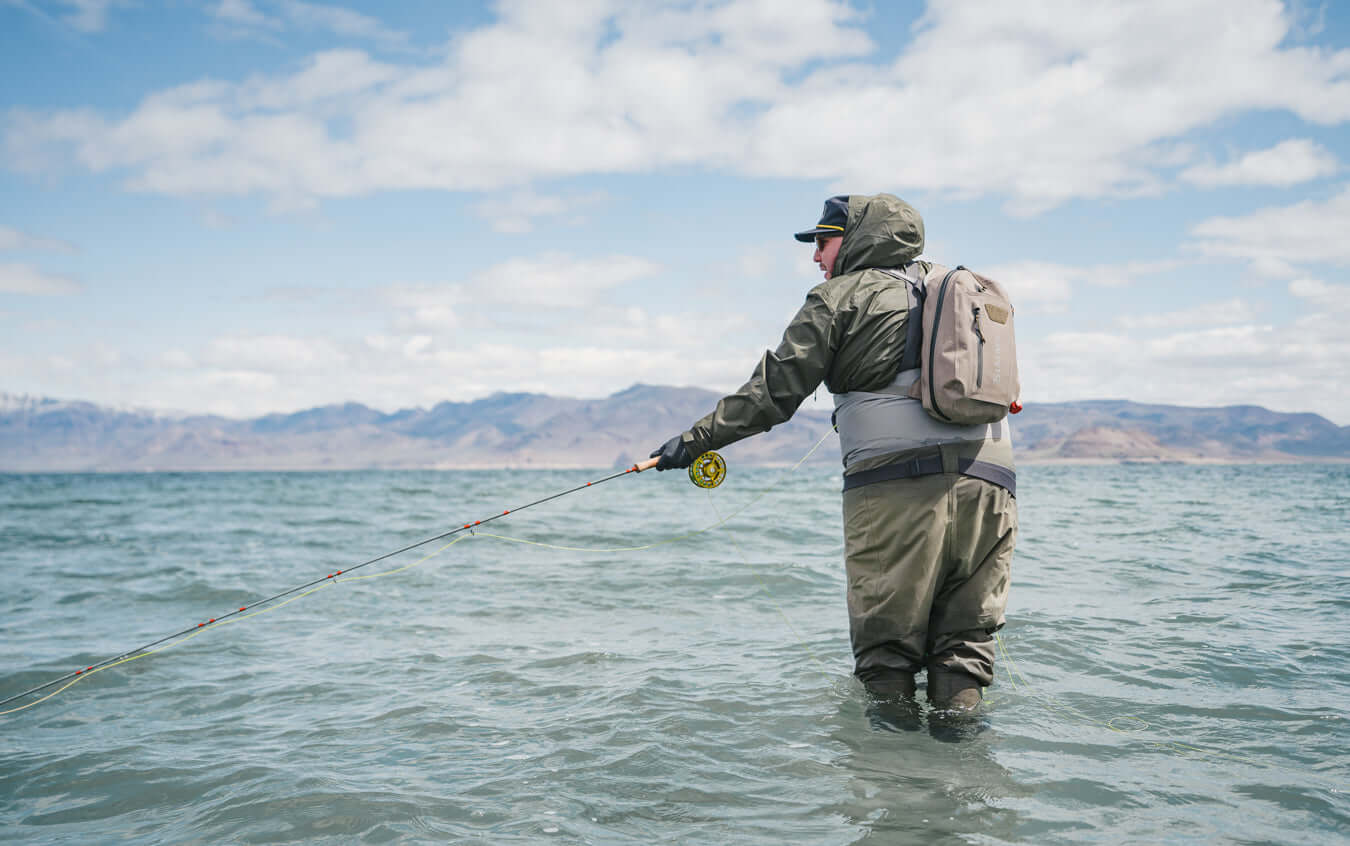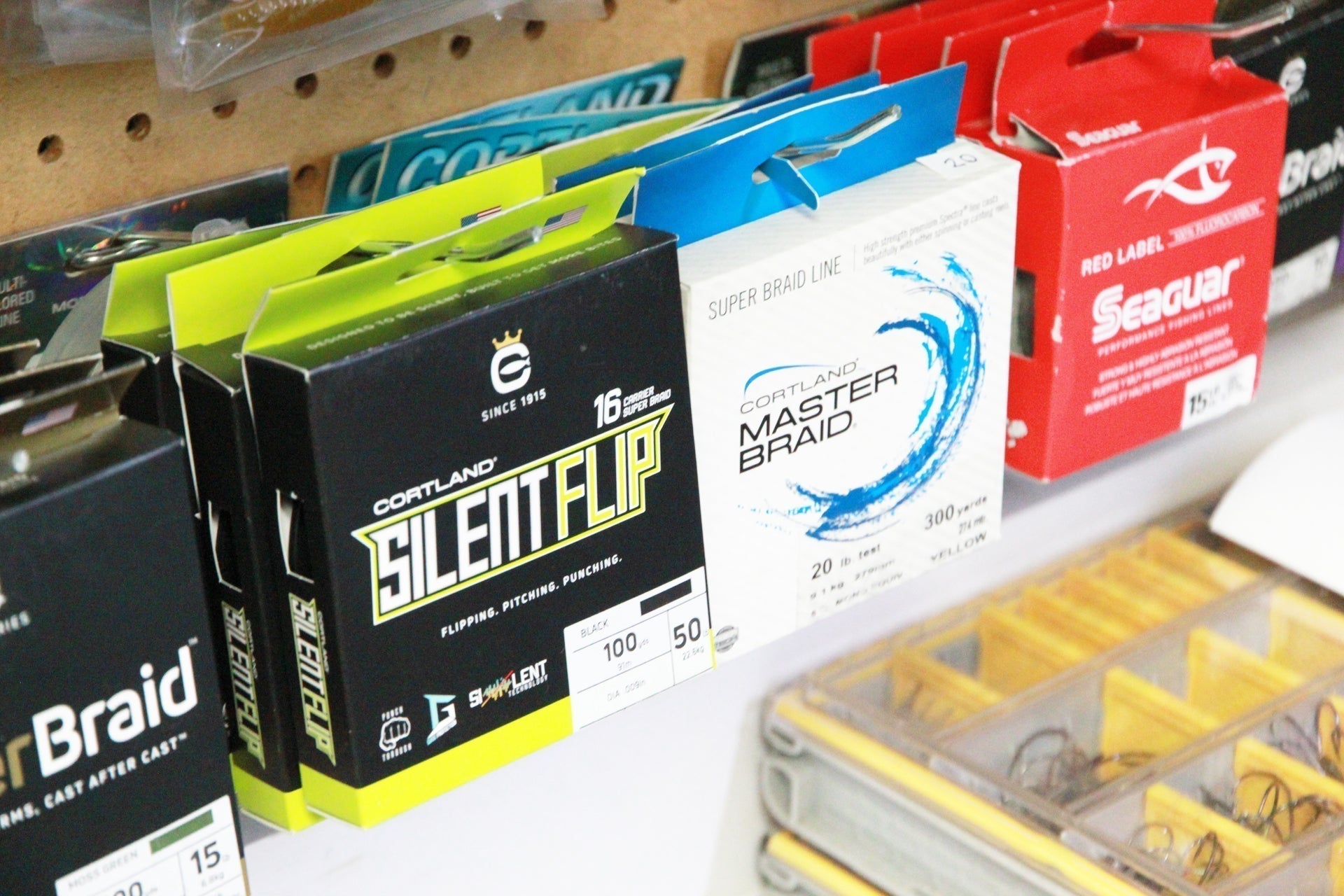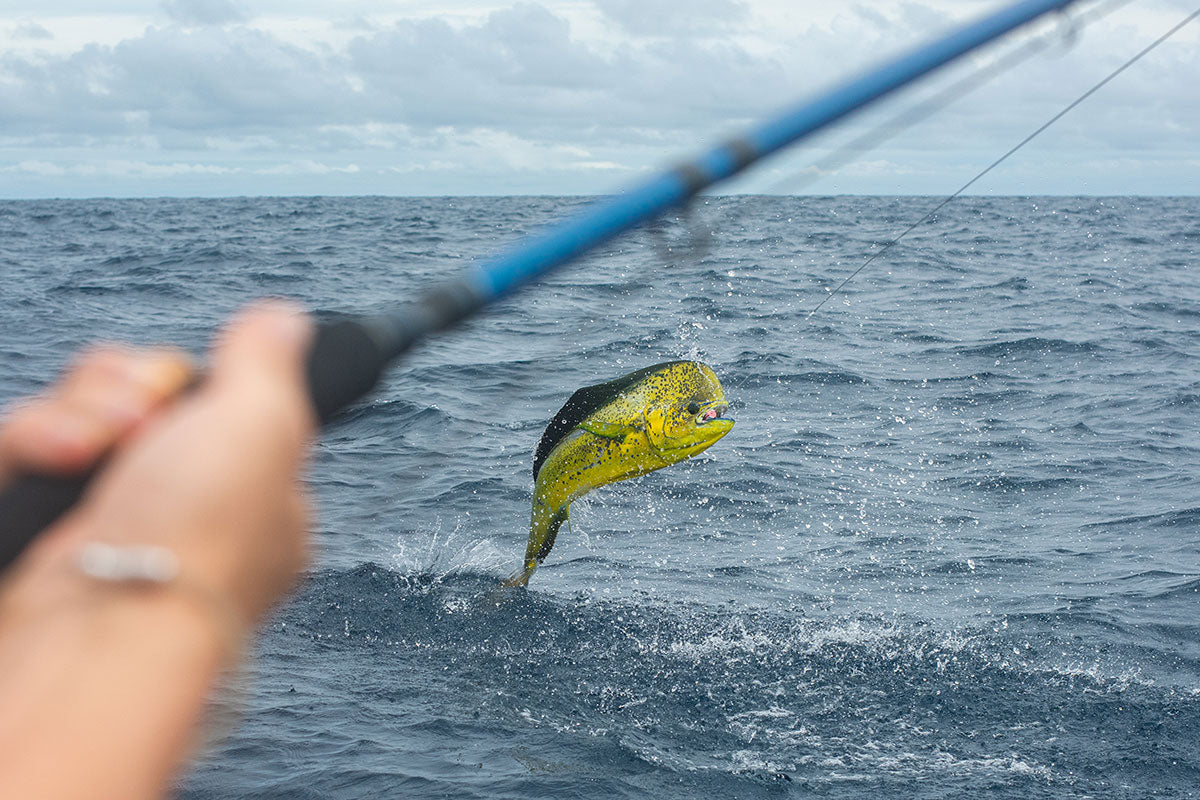Article Written by John Easdon. Article Read Time: 5 Minutes
One of the most common things I have heard working in a fly shop over the last few years is how busy all of the rivers have gotten. This is muttered amongst all walks of life, and in every angler category. Our rivers and streams are not growing, but the numbers in the angling community are increasing. This fact will force anglers to adapt their approach and chase different species, travel to different locations far from home, or in the worst-case scenario, give up fly fishing altogether. I like to think that the last option is unacceptable.
So, where do we go from here?
Many years ago, I stumbled across the vast stillwater opportunities in my area. These locations are right along the same rivers I have grown up fishing, yet for some reason not a lot of people were fishing them. Maybe it’s because “stillwater” is so different from what most people have in their mind when they hear “fly fishing”? Maybe stillwater fly fishing seems intimidating? Or maybe less challenging?

Photo by Aaron Loomis (Pale Morning Drift Fly Fishing)
As a Guide, I find it difficult sometimes to get my fly fishing clients and shop customers to even give stillwater a try. But once they do, I hear things like "Why have I not done this before!" and they have found that hidden gem that was right there all along.
Fish Behavior
The fish behave very differently in stillwater venues. Trout in rivers rely on the current to deliver food to them. In a lake, trout need to search out their next meal. Since they are nomadic feeders, they are constantly on the move. They will cruise at fixed depths most of the time in small pods. They will oftentimes parallel structure, shorelines, and points searching for their food. This can make it a little more difficult to find fish, but once you do it's generally a very rapid action. This alone really opens up the door for an angler’s growth as we have to rethink everything we know in this new environment.

Entomology
The basic entomology doesn’t stray too far from what we see in our rivers and streams. Lakes have good populations of chironomids (midges), callebaetis (mayflies), and even some caddis (Goddards). The main difference is that these bugs are substantially larger in stillwater. Yes, size 10 midges are a real thing!
One of the most overlooked fly patterns out there in any environment are scuds. Scuds are aquatic invertebrates that make up a large portion of a trout's diet. They are available year round and trout will actively hunt for them.
Gear
Stillwater offers a lot of cool things about it, but one major difference from fishing rivers and streams is that we use completely different gear. Everything from rods and reels, to fly lines, terminal tackle, and flies. It’s very different from our technical tailwaters where size 22 midges and 5-6x tippet are the norm. In stillwater, we go bigger with everything.

Photo by Charles Card of Spinner Fall Guide Service (Utah)
My preferred sized fly rods for stillwater are 6 and 7 weights in 10 foot lengths. I love a 10 foot rod in general, but they are especially useful in stillwater applications. The extra length makes it easier to cast from personal watercraft like kayaks or float tubes. Once hooked up, the added length allows the angler to hold more leverage over their target. Large arbor reels with a good drag are also a must. Many trout anglers will never see their backing on a river. But in stillwater, it’s not only possible, it’s almost a guarantee you will hook a fish that takes you to your backing. Do I have your attention yet?? Yeah, I thought so.
Fly Lines
Choosing the right fly line is another key part of my set ups. I carry a wide variety of lines for a wide range of techniques. One of the easiest and most common fishing techniques is static indicator nymphing. This is almost exactly how you would set it up and fish it on a river, just with bigger terminal tackle and flies. For this, I love the Cortland Indicator line. The taper in the head is perfect for punching through wind (a common occurrence in my area) or throwing longer and heavier nymph rigs.
Midge Stripping is a technique I have been using and refining over the years. This approach involves using a variety of intermediate sink tip lines to hit different water depths. My go-to lines are the Cortland Ghost Tip 3, 5, and 15. This variety of lines allows me to target different parts of the water column. One thing that is absolutely key in stillwater fly fishing is being in the right depth. These lines allow me to thoroughly fish all different parts in the water column.
I have also become keen on chasing some other species that inhabit our stillwater fisheries, most notably, the Northern Pike. This pursuit has made a fun and challenging addition to stillwater fly fishing. For these toothy beasts, I have found no better line than the Cortland Pike/ Musky lines. I will be armed with both the floating and intermediate sink options depending on the depth of water I am targeting.
Rigging
For static indicator nymphing, you can use either a tapered 12-foot leader in 2x or 3x, or build your own leader system. I prefer a 25-inch butt section of 15 lb monofilament or Amnesia. I then attach a micro swivel to the butt section and run straight fluorocarbon from that. This allows me to customize the depth and add tag droppers at various depths.

For the midge stripping rig, I use the same set up as above, but I use a very long leader. This length will be about 25% longer than the depth I intend to target. Having a variety of intermediate lines will help me thoroughly fish those various depths. I will use nonslip loop knots to attach my flies and that helps give them a ton of movement. This is incredibly effective for imitating bugs such as damselflies, callebaetis, leaches, scuds and even chironomids.

For the toothy adversaries, I like to stick to both single and articulated streamer patterns and have a wide variety of sizes and colors. Red is one of my favorite base colors for Northern Pike in the reservoirs near the Colorado Front Range.
Terminal Tackle
Taking advantage of the larger terminal tackle size is definitely a plus in stillwater. Whether I’m fishing streamers, nymphs, or even dries, Cortland Fluorocarbon XTR is my preferred leader material. I utilize this in 8lb through 16 lb. for stillwater applications. For tippet, there is none better than Top Secret Ultra-Premium Fluorocarbon. As I mentioned before, my go-to sizes are 2x and 3x. Because of the size and strength of my targeted stillwater fish, I never really go lighter than that.
For Northern Pike, I opt for using heavier flourocarbon over wire tippet or leaders. My go to for this is Cortland Fluorocarbon XTR in 40, 50 and even 60 lb. options.
If you are a fly tyer, you will definitely want to spin your patterns on high quality and beefy hooks. These fish can straighten out or even break your hooks with ease.

Photo by Aaron Loomis (Pale Morning Drift Fly Fishing)
Extend Your Fly Fishing Opportunities
Stillwater is an exciting and intriguing next step for the trout angler. No matter where you live, untapped opportunities are probably right under your nose and just a short drive away. Adding stillwater adventures to your summer outings provides a very effective extension to your fly-fishing game, and, once again, expands your mind in the never-ending classroom we all call fly fishing.
About the Author
Jon Easdon is the Director of Services at Angler's Covey Fly Shop and professional Guide in Colorado. He is a signature fly tyer for Umpqua Feather Merchants and has developed many great "code cracker" fly patterns for picky trout. His passion is teaching and guiding the many different rivers and lakes in the Pikes Peak area and Front Range region of Colorado.


